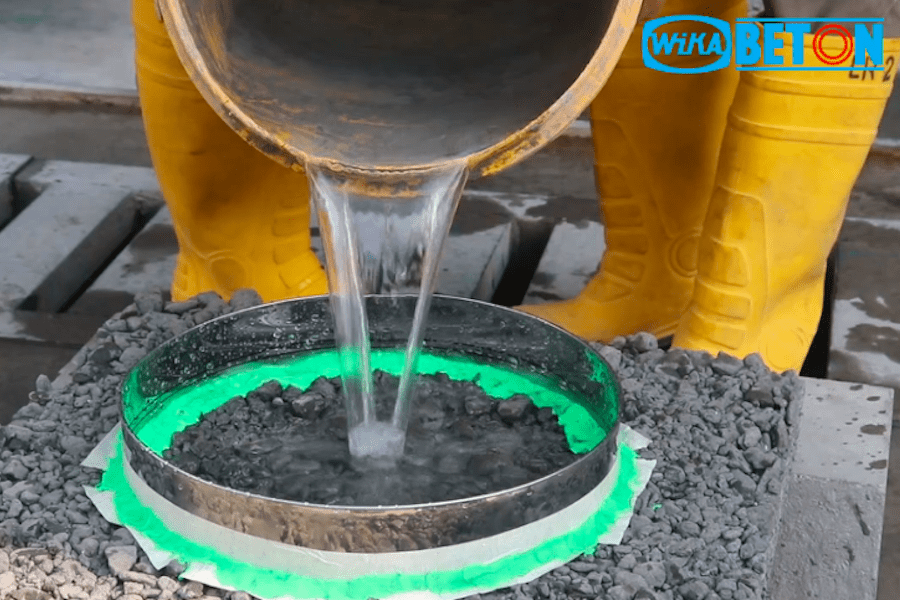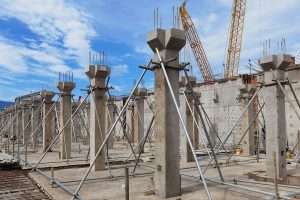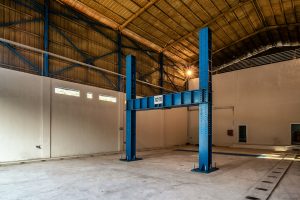The rapid development in urban areas, especially in terms of constructing parks and roads using conventional concrete, has led to adverse environmental impacts. One of the problems that arise is the increase in the impermeable layer which prevents the penetration of rainwater into the ground. This results in increased surface runoff, which in turn has the potential to cause inundation or even flooding when the rainy season arrives. To overcome this challenge, WIKA Beton responded with innovation in the form of developing porous concrete technology which has the ability to absorb water, providing significant environmental benefits.
Porous concrete is a special type of concrete that has high porosity, used as a surface layer that allows rainwater and water from various sources to seep into the ground. This is an important step in making the urban environment more resistant to surface flooding and maintaining groundwater balance. Porous concrete consists of main ingredients such as portland cement, aggregate, water, and admixture or special additives. One of the main differences between porous concrete is the use of coarse aggregate with little or no fine aggregate, which gives it unique permeability characteristics.
The main advantages of porous concrete are its ability to absorb rainwater, reduce the risk of surface runoff, and improve the quality of groundwater around the application area. With a compressive strength ranging from 2.8 MPa to 28 MPa, porous concrete is suitable for structures with light traffic loads, such as sidewalks, sports fields and limited parking areas. In 2022, a pilot project that applies porous concrete as a vehicle parking floor has been carried out at the Subang Concrete Products Plant Karawang factory.
In developing porous concrete, WIKA Beton carries out various innovations to improve performance and efficiency. The use of screen material as coarse aggregate is one of the innovative steps in the development of this technology. Laboratory tests show that the infiltration rate is higher compared to conventional methods such as paving blocks. However, the use of porous concrete requires special attention in the building process, especially in subgrade and subbaselayers, to ensure the desired permeability.
Apart from focusing on technical functions, aesthetic aspects are also considered in the development of porous concrete. This technology allows the addition of color pigments to the concrete mix, providing the flexibility to create a more aesthetically pleasing surface that meets design requirements.
By adopting porous concrete technology, WIKA Beton shows its commitment to building sustainable solutions to environmental problems in cities. This innovation not only provides an alternative to overcome surface inundation and flood risk, but also encourages the use of more environmentally friendly construction materials. As cities grow and develop, porous concrete is a solution that can help create a more balanced, sustainable and comfortable environment for urban communities.





